Optimal Timing for Windows Installations
Windows installations are often scheduled based on operational needs and seasonal considerations. Optimal timing can minimize disruptions and ensure compatibility with other maintenance activities. Understanding the best periods for installing Windows systems can lead to smoother transitions and improved system performance.
Spring and fall are generally preferred due to moderate weather conditions, reducing the risk of delays caused by extreme temperatures or weather events.
Scheduling during low-activity periods, such as early mornings or weekends, can limit operational disruptions.
Aligning Windows installations with existing maintenance windows ensures minimal impact on daily operations.
Adequate planning before peak seasons allows for thorough testing and reduces the need for urgent updates.

Spring offers moderate temperatures, reducing the risk of hardware issues during setup.

Summer can pose challenges due to heat, but early morning or late evening installations are feasible.

Autumn provides cooler weather, ideal for avoiding overheating during installations.
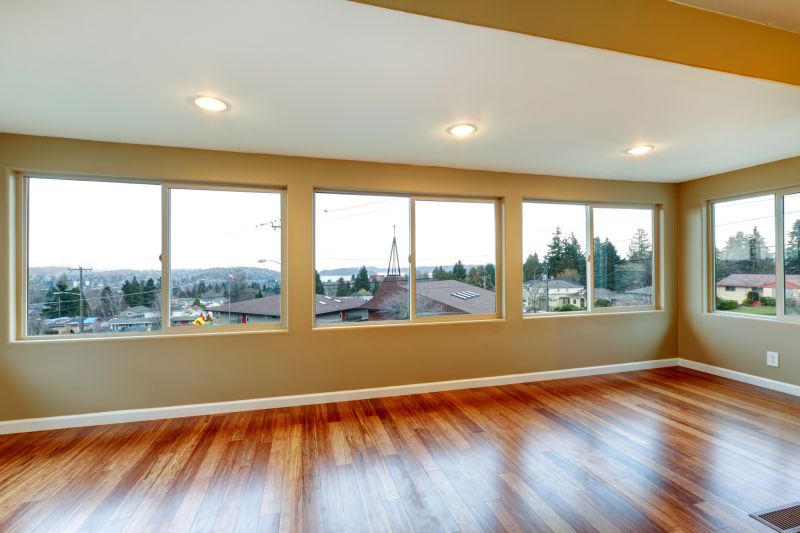
Ways to make Windows Installations work in tight or awkward layouts.

Popular materials for Windows Installations and why they hold up over time.

Simple add-ons that improve Windows Installations without blowing the budget.
| Season | Advantages |
|---|---|
| Spring | Moderate weather, ideal for hardware and software setup. |
| Summer | Longer daylight hours, suitable for early morning or late evening installations. |
| Autumn | Cooler temperatures, reducing hardware overheating risks. |
| Winter | Potential delays due to cold weather and shorter daylight hours; best avoided unless necessary. |
Choosing the right time for Windows installations can significantly affect the efficiency and success of deployment. Proper scheduling considers weather conditions, operational cycles, and technical requirements. Planning ahead ensures that installations are completed with minimal impact on daily activities, leading to better system performance and user satisfaction.

A technician configuring a system during a scheduled upgrade.

Installing Windows on servers in a controlled environment.

End-user devices being prepared for Windows setup.

IT professionals performing installation procedures.

High-end options that actually feel worth it for Windows Installations.

Finishes and colors that play nicely with Windows Installations.
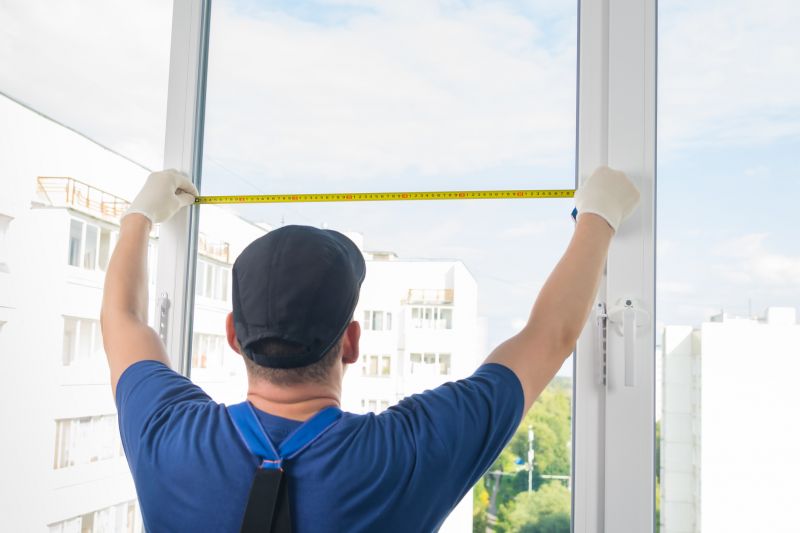
Little measurements that prevent headaches on Windows Installations day.

A 60-second routine that keeps Windows Installations looking new.

A frequent mistake in Windows Installations and how to dodge it.

Small tweaks to make Windows Installations safer and easier to use.

Lower-waste or water-saving choices for Windows Installations.

The short, realistic tool list for quality Windows Installations.
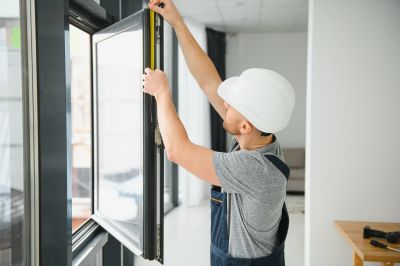
Installing Windows in a secure data environment.

Team coordinating Windows deployment efforts.

Verifying system functionality after Windows setup.

Rough timing from prep to clean-up for Windows Installations.
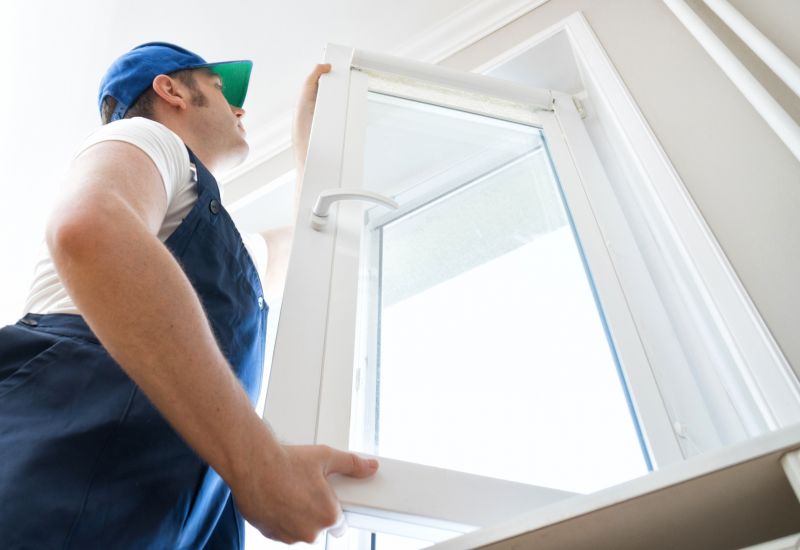
Quick checks and paperwork to keep after Windows Installations.
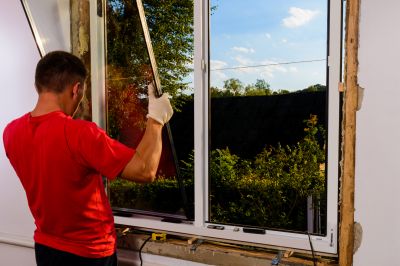
Examples that show the impact a good Windows Installations can make.
Interested parties are encouraged to contact for scheduling Windows installations at times that best suit operational needs. Proper planning and timing can lead to smoother deployment processes and enhanced system reliability.

